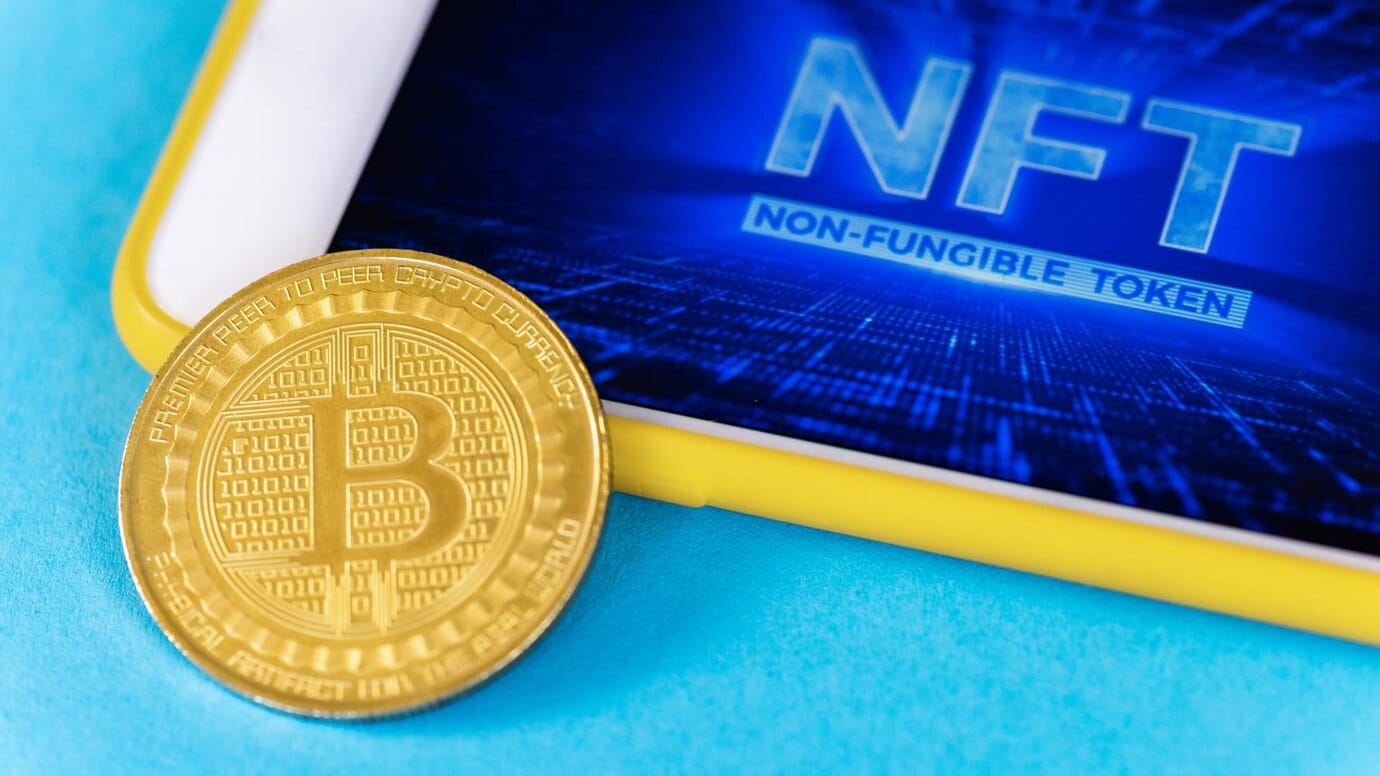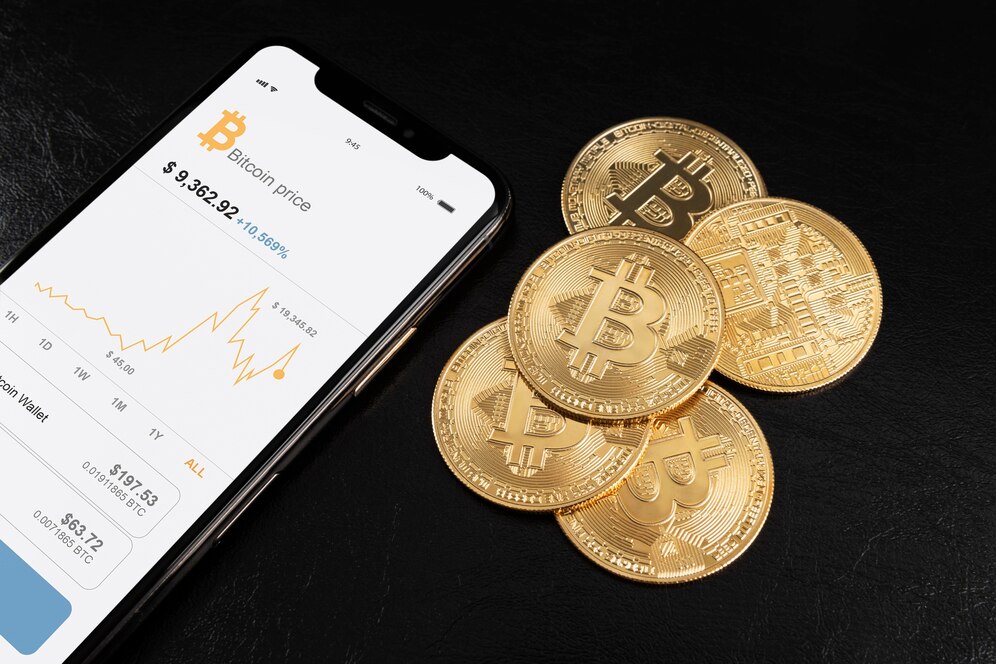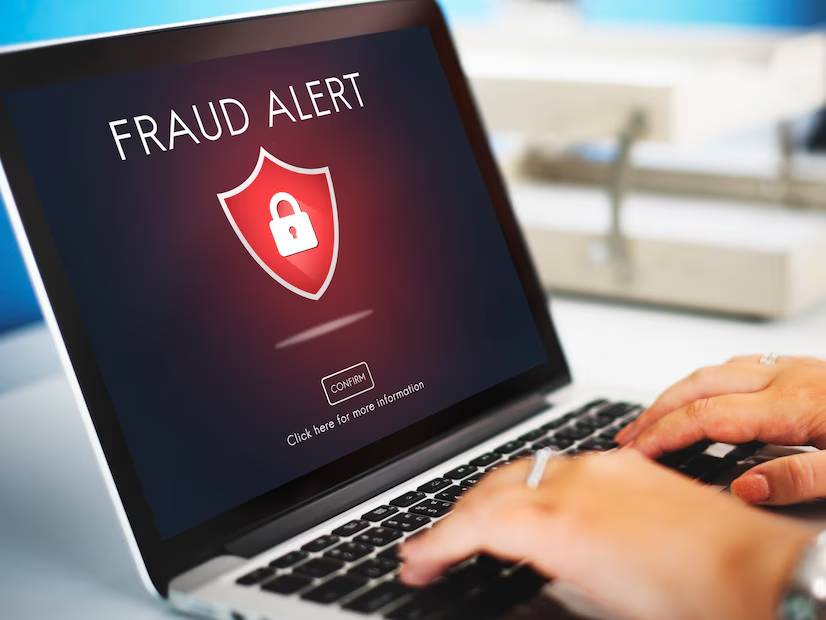
How to Invest in NFTs: A Beginner’s Guide
NFTs, or non-fungible tokens, have transformed the world of digital ownership. From digital artwork and music to virtual land and gaming items, NFTs are quickly becoming a new class of assets that investors are exploring.
If you’re curious about NFT investing but unsure where to start, this beginner-friendly guide will help you understand what NFTs are, how they work, and what to consider before diving in.
What Are NFTs?
NFTs are digital assets that represent ownership of a unique item or piece of content stored on a blockchain. Unlike cryptocurrencies such as Bitcoin or Ethereum, which are interchangeable, NFTs are non-fungible — each one has a unique value and cannot be exchanged on a one-to-one basis.
NFTs can include:
- Digital art
- Collectible cards
- Music and videos
- Virtual real estate
- In-game items
- Domain names
All NFTs are recorded on blockchain networks, which serve as public ledgers to prove authenticity and ownership.
Why Are People Investing in NFTs?
There are a few key reasons why NFTs have attracted investor interest:
1. Digital Ownership
NFTs provide a way to prove ownership of digital content. For creators and collectors, this represents a shift in how art and media are bought and sold online.
2. Scarcity and Rarity
Many NFTs are limited in supply, which can drive demand. Some collections have only a few hundred or thousand items available.
3. Speculation and Value Growth
Some people buy NFTs hoping they’ll increase in value over time. Early buyers of popular NFT projects like CryptoPunks or Bored Ape Yacht Club have seen large returns.
4. Support for Artists
NFTs also offer a new way to support digital artists and creators directly. In many cases, artists receive royalties each time their NFT is resold.
Getting Started with NFT Investing
Here are the basic steps to begin investing in NFTs:
Set Up a Digital Wallet
To buy NFTs, you’ll need a crypto wallet that supports blockchain transactions. The most popular option is MetaMask, which can be installed as a browser extension.
Your wallet is where you store both your cryptocurrency and your NFTs once purchased.
Buy Cryptocurrency

Most NFT marketplaces require Ethereum (ETH) to make purchases. You can buy ETH from crypto exchanges such as:
- Coinbase
- Binance
- Kraken
Once you’ve purchased crypto, transfer it to your wallet to prepare for buying NFTs.
Choose an NFT Marketplace
There are several platforms where you can browse and buy NFTs. Some of the most widely used NFT marketplaces include:
- OpenSea – The largest general marketplace with a wide range of collections.
- Rarible – Community-owned platform for artists and collectors.
- Foundation – Focuses on curated digital art and creative projects.
- SuperRare – Known for premium, high-quality digital art.
Each marketplace has different features, fees, and verification processes. It’s worth exploring a few before committing to a purchase.
Browse Collections and Do Your Research
Before buying, take time to research the project behind the NFT. Look at:
- The creators or developers
- Community engagement on platforms like Twitter or Discord
- Previous sales data and price trends
- Rarity and uniqueness of the item
NFT investing is highly speculative, so understanding what you’re buying — and why — is crucial.
Make Your Purchase
Once you’ve chosen an NFT, follow the steps on the marketplace to connect your wallet and complete the purchase. The NFT will then appear in your digital wallet under the “Collectibles” section.
Store Your NFTs Safely
After purchasing, consider using a hardware wallet (like Ledger) for extra security. While NFTs are stored on the blockchain, the keys to access them are in your wallet — and keeping that secure is essential.
Common Risks in NFT Investing
NFTs are exciting, but they’re not without risk. Here are a few things to keep in mind:
Market Volatility
NFT prices can rise and fall quickly. What’s popular today might not hold value in the future.
Lack of Regulation
NFTs are still part of a largely unregulated market. There’s little legal protection if you lose access to your wallet or fall victim to scams.
Scams and Fakes

Fake NFT collections and phishing websites are shared. Always verify projects and links before making purchases.
Illiquidity
Unlike stocks or crypto, selling an NFT quickly is not always easy. Finding a buyer willing to pay the price you want can take time.
Types of NFT Investments
If you’re new to the space, here are the main categories of NFTs to consider:
Art NFTs
Digital artwork has become one of the most popular types of NFTs. Collectors buy them for aesthetic value, uniqueness, and artist reputation.
Collectables
These include trading cards, profile picture collections, and pop culture-themed items. Value often depends on rarity and demand.
Gaming NFTs
In-game items, skins, and weapons that are tokenised on a blockchain can be bought and sold as NFTs. These are gaining traction in play-to-earn gaming models.
Virtual Real Estate
Platforms like Decentraland or The Sandbox allow users to buy virtual land as NFTs. Investors hope these digital spaces will grow in popularity and value.
Tips for New NFT Investors
- Start small: Begin with a modest budget until you understand the market.
- Avoid hype: Don’t rush into projects just because they’re trending.
- Use verified marketplaces: Stick to well-known platforms to reduce risk.
- Track your investments: Use tools like NFTBank or DappRadar to monitor your holdings and market value.
- Stay informed: Follow creators, projects, and news updates on social platforms.
The Role of Community in NFT Success
One unique aspect of NFTs is the role of community. Many successful NFT projects are driven by active, engaged groups on platforms like Discord and Twitter. A strong community often adds long-term value to an NFT collection by:
- Promoting the project
- Supporting future releases or collaborations
- Encouraging holder loyalty
As an investor, it’s helpful to see how involved the creators are and whether the project has consistent updates and interaction.
The Future of NFTs
NFTs are still evolving. While much of the early excitement was around digital art and collectables, the future could include:
- NFT-based music albums and videos
- Blockchain event tickets
- Identity and licensing records
- Tokenised real-world assets
As technology improves, NFTs may move beyond hype and become a mainstream part of digital ownership and finance.
Conclusion: Start Slow, Learn, and Explore
Investing in NFTs can be rewarding, but it requires caution and research. As a beginner, it’s important to learn how NFTs work, explore different platforms, and understand the risks before making big moves.
With time and attention, NFT investing can offer a unique way to participate in the digital economy — whether for potential returns, support for artists, or access to innovative new experiences.


